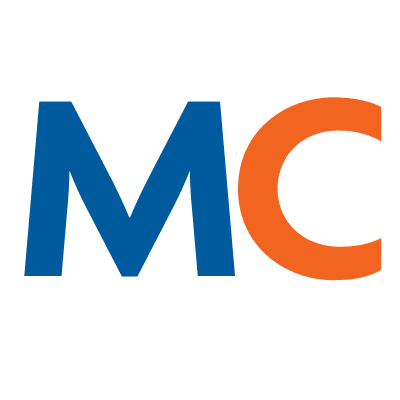- Solutions
- Solutions
- Home Health
- Hospice
- Life Plan Community
- Palliative Care
- Private Duty
- Senior Living
- Skilled Nursing
- Skilled Nursing
- Skilled Nursing Software
- Advanced Insights
- Customer relationship management
- Data and analytics
- Financial & operations management
- Marketing
- Nutrition management
- Referral management
- Regulatory compliance
- Retail management
- Resident engagement
- Revenue cycle management
- Skilled nursing interoperability
- Partners
- Blogs
- Resources
- About
- User Conference

Four ways to increase staff retention
For most post-acute care providers, increasing staff retention is a major concern under normal circumstances. The past year of handling the demands and stresses of the COVID-19 pandemic has been especially challenging, resulting in the need for more overtime and increased turnover related to burnout.
How bad has it been? One survey shows that 94% of long-term care facilities have been paying overtime since the beginning of the pandemic. Another survey of 1,250 healthcare workers showed that 70% are suffering from psychological distress—50% with depression and 35% with insomnia.*
For those who manage and schedule staff, finding ways to improve employee experience is an important tool to reduce turnover and burnout. Here are four ways a robust workforce management solution can help keep your staff happy and improve staff retention.
- Allow setting preferences: One option to help offset the stresses of the past year is to offer your staff tools that support work-life balance. If employees can specify the days and times they prefer to work, it’s easier for them to balance other obligations, such as family needs, and helps them feel valued.
Technology can make this feasible. Rather than manually tracking each employee’s preferences, a robust workforce management solution lets employees enter their preferred work days and times so the scheduling manager automatically gains visibility to the information, without re-entering data from another source or relying on information being passed from one supervisor to another.
Other scheduling options employees should be able to specify through a workforce management solution include travel preferences, work roles (for those employees who fill multiple positions), and communication methods (text, mobile app, or email).
- Boost engagement: When employees have a voice in their scheduling, they’re generally happier and more engaged. Giving them easy access to information that allows them to quickly message colleagues to pick up or trade shifts not only helps them feel more control of their work schedule, it also removes a burden from the scheduling manager, who no longer needs to coordinate every detail of filling or swapping a shift. A time management system should also provide notifications to keep everyone updated while simultaneously creating an audit trail that managers can use as needed for recordkeeping.
And while this additional scheduling control is a great thing for employees, there’s an upside for your scheduling managers, as well. They’ll have an easier time getting shifts covered on short notice, and have better visibility into schedules to make sure staffing levels are adequate to meet resident needs.
- Offer self-service features: When employees have online access to basic information including time-off requests, records of hours worked, time off accrued, and upcoming schedules, they can check that information anytime—even if they’re off the clock. This is not only convenient for employees but also saves managers time since they no longer need to be asked to look up information for employees.
Another way self-service features can help is by enabling communication between colleagues who will be on the same shift. Messaging tools can make it easy for them to plan or share any special needs that may need to be addressed during an upcoming shift.
- Make requests easy: Technology should make it easier—not harder—for employees to submit time-off requests, check or change schedules, or communicate with a manager or teammate. Workforce management solutions should be simple to use for everyday tasks like punching in and out, or recording hours worked.
Empowering your employees with a robust workforce management tool helps keep them engaged and can improve staff retention which, in turn, helps you ensure your residents are well cared for, even during challenging times.
Request a demo today for a closer look at MatrixCare.
See what MatrixCare can do for you
MatrixCare
MatrixCare provides an extensive range of software solutions and services purpose-built for out-of-hospital care settings. As the multiyear winner of the Best in KLAS award for Long-Term Care Software and Home Health and Hospice EMR, MatrixCare is trusted by thousands of facility-based and home-based care organizations to improve provider efficiencies and promote a better quality of life for the people they serve. As an industry leader in interoperability, MatrixCare helps providers connect and collaborate across the care continuum to optimize outcomes and successfully manage risk in out-of-hospital care delivery.
MatrixCare is a wholly-owned subsidiary of ResMed (NYSE: RMD, ASX: RMD). To learn more, visit matrixcare.com and follow @MatrixCare on X
Related Posts


See MatrixCare in action
Start by having a call with one of our experts to see our platform in action.
MatrixCare offers industry-leading software solutions. Thousands of facility-based and home-based care organizations trust us to help them improve efficiency and provide exceptional care.
© 2025 MatrixCare is a registered trademark of MatrixCare. All rights reserved.






